Big pharma does not want ivermectin to be used because they want to profit from more expensive drugs!...
There are several business models in the pharmaceutical industry. Selling low volumes at high prices is an option for profit. But in the case of COVID-19, the target market is humanity, or about seven billion people that are susceptible to taking this drug now and in the near future. Even with very very very low margins, such high volume would definitely compensate any manufacturer willing to scale up production and distribution ....
Then why are we not giving ivermectin to those that need it today? People are dying! ...
000
Questions and Answers about Ivermectin and COVID-19
18.8.2020
Questions and Answers about Ivermectin and COVID-19 - Blog - ISGLOBAL
000
Læknar blindu í Afríku

The burden of onchocerciasis: children leading blind adults in Africa.
000
3 billion treatments over the last 30 years and contributed to save countless lives throughout this period. The program was later expanded to include Lymphatic filariasis, another debilitating disease caused by filarial worms.
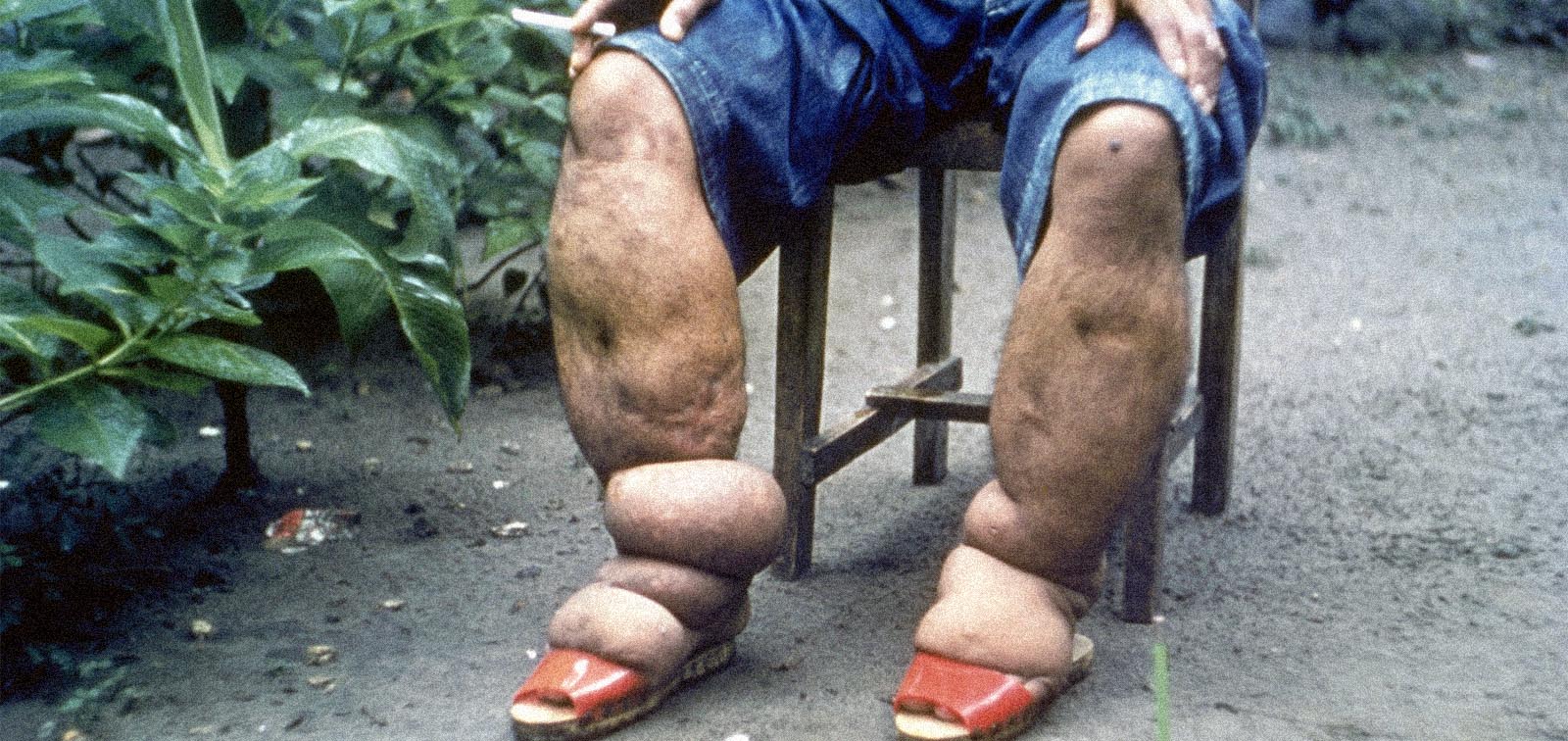
Elephantiasis of leg due to filariasis, in Luzon, Philippines. [Image: CDC]
000
What is ivermectin used for in humans?
Here we describe some of the approved uses around the world.
1. In the US, ivermectin is marketed at doses of up to 200 mcg/kg once a year for the following indications:
- a. Strongyloides stercoralis, an intestinal parasite capable of causing severe systemic disease.
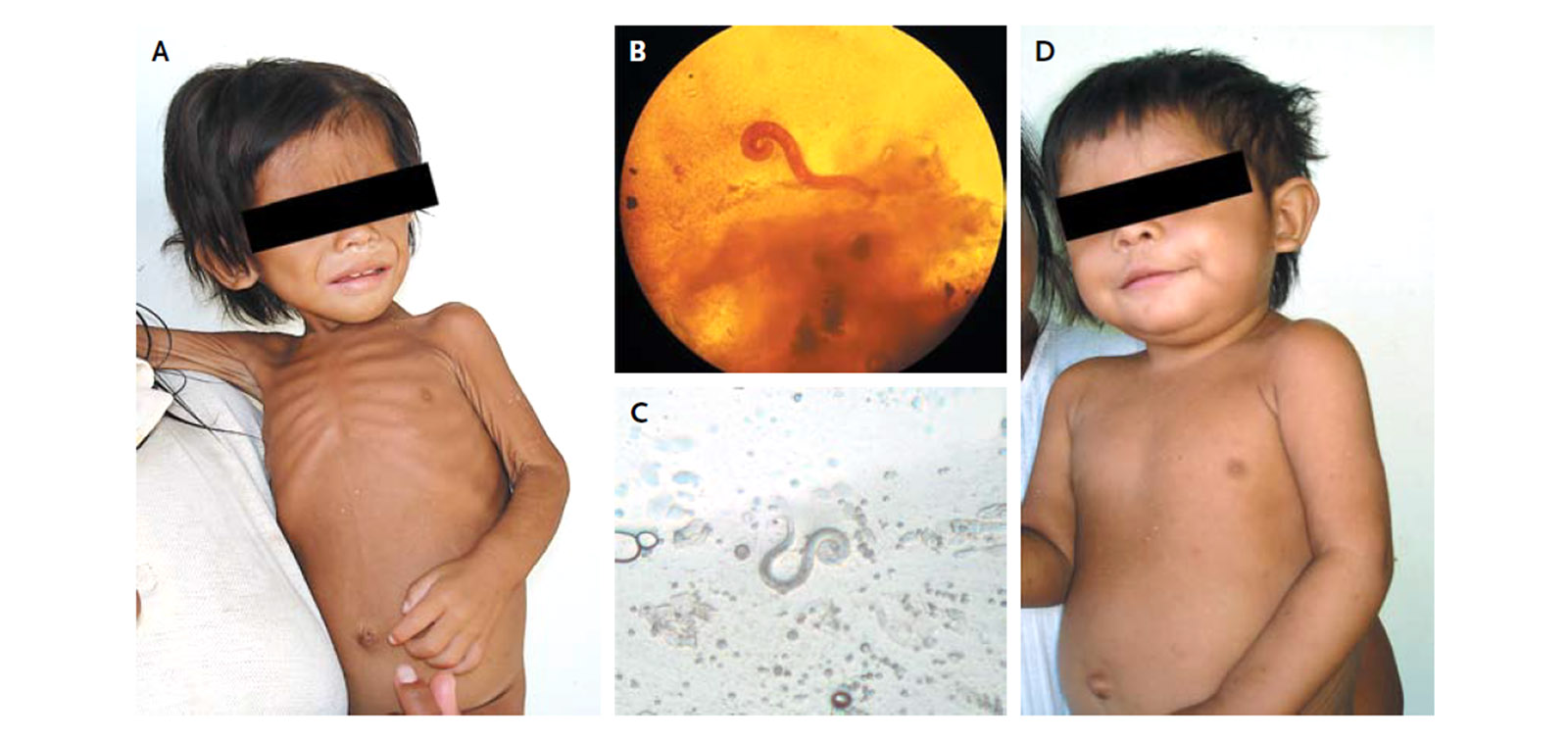
A two-year-old girl with disseminated strongyloidiasis cured with ivermectin (A) before, (B) faecal sample, (C) sputum sample and (D) six weeks after treatment. [Image from Chaccour and Del Pozo, NEJM, 2012]
- b. Onchocerciasis or river blindness
2. In Europe, ivermectin is also marketed against Lymphatic filariasis and scabies at single doses of up to 400 mcg/kg.
3. In Australia, 3 or more-200 mcg/kg doses within a month are recommended for the treatment of severe crusted scabies.
One promising line of work in which ISGlobal researchers have been deeply involved is the use of ivermectin at population level to kill mosquitoes and reduce malaria transmission
Any other proven or potential uses?
Although not marketed for these indications, ivermectin has partial efficacy against other common intestinal parasites in humans such as Ascaris lumbricoides and Trichuris trichura.
It is also sometimes used out of label against ectoparasites like head lice and Tunga penetrans among many other internal or external parasites.
One promising line of work in which ISGlobal researchers have been deeply involved is the use of ivermectin at population level to kill mosquitoes that feed on treated humans or animals and reduce malaria transmission.
Is ivermectin safe?
When used for the current indications, at the currently approved doses, ivermectin is a very safe drug. To date, more than three billion treatments have been distributed in the context of the Mectizan Donation Program alone with an excellent safety profile. Most adverse reactions are mild, transitory and associated with parasite death rather than with the drug itself.
Ivermectin targets the glutamate-gated chlorine channels that are only present in invertebrates. Mammals only express a similar channel that could cross react with ivermectin (the GABA-gated chlorine channels), but these are only expressed in the central nervous system and are protected by the blood brain barrier, a system of pumps that keeps potential toxics outside our nervous system. In spite of that, Rebecca Chandlerdescribed a series of 28 cases with severe neurological adverse reactions after ivermectin treatment outside onchocerciasis endemic areas.
When used for the current indications, at the currently approved doses, ivermectin is a very safe drug
In individuals infected with a high burden (>30.000 mf/ml) of the parasite known as Loa loa, ivermectin treatment can lead to severe encephalopathy and death. This has prevented the administration of ivermectin in several countries of central Africa, where the recent test-and-not-treat strategy may allow for the use of the drug.
There is no robust evidence to support the use of ivermectin in children under 15 kg of weight. There is no evidence to support the use of ivermectin during pregnancy.
Is ivermectin safe at higher doses than approved?
Guzzo et al. conducted a study with escalating doses of ivermectin in which some volunteers safely received doses of up to 2,000 mcg/kg, i.e. ten times the approved dose for onchocerciasis.
Although not described by Guzzo, persons receiving ivermectin at doses of 800 mcg/kg or above in other studies have sometimes described transient visual disturbances.
Smit et al. safely administered 600 mcg/kg daily for three days.
Does ivermectin have anti-viral properties?
Yes. Ivermectin has been proven to inhibit the replication of several RNA viruses such as:
- Dengue
- Zika
- Yellow fever
- West Nile
- Chikungunya
- Venezuelan equine encephalitis
- Semliki Forest virus
- Sindbis virus
- Porcine reproductive and respiratory syndrome virus , and recently
- SARS-CoV-2
000
Egilsstaðir, 22.12.2020 Jónas Gunnlaugsson



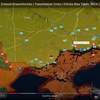


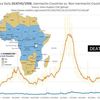
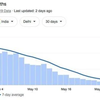
Bæta við athugasemd [Innskráning]
Ekki er lengur hægt að skrifa athugasemdir við færsluna, þar sem tímamörk á athugasemdir eru liðin.